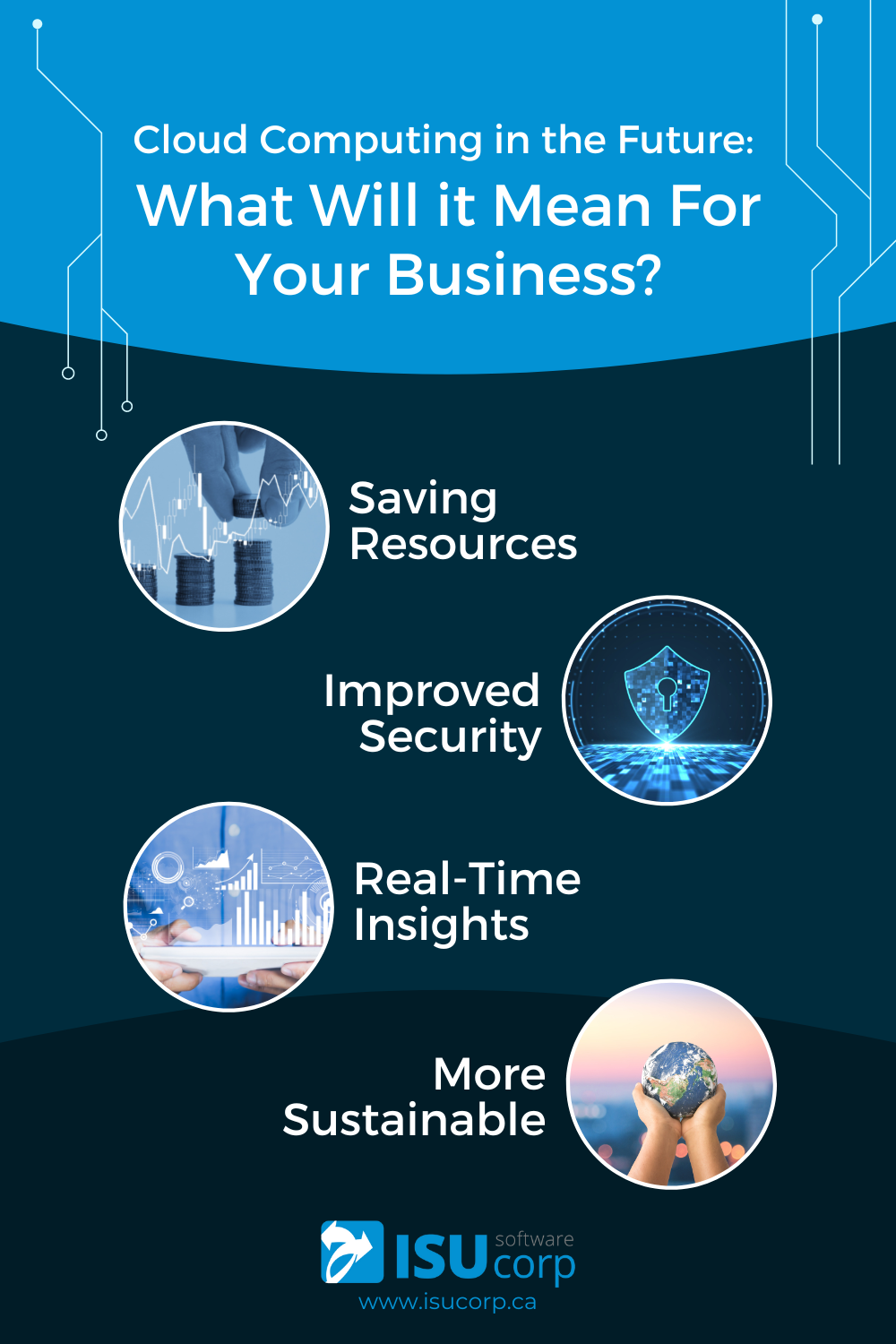Online services have opened a new window of opportunity for businesses globally. Beyond simply marketing, conducting business online is the only way to exponentially grow a consumer base, drive revenue, and reach new markets. Among those taking advantage of the growing virtual marketplace are, of course, software developers who are introducing technology to enhance it. One of the ways they’ve started is through cloud technologies and SaaS applications. Companies traditionally deliver their solutions as licensed software but are now moving towards SaaS applications with the help of cloud technology.
SaaS (or Software as a Service) is a licensing and delivery model meant for users to access applications via the cloud. You can think of it as a mutually beneficial agreement for solutions providers, services using it, and users of that service. On the one hand, providers no longer sell lifetime licenses on their software, making it less intimidating to their clients. On the other hand, users don’t have to download any software and can instead use it via browser and APIs.
This software is hosted centrally and licensed as a subscription which is why it is also referred to as “on-demand software”. Netflix, for example, is a SaaS company since they sell software that enables users to watch licensed videos on demand. Users don’t have to download the videos and can access them from any device with an internet connection. This allows them to monetize the delivery of their software and keep track of users' data in a data center.
The usage rates for SaaS are proliferating, between 2017 and 2020 alone companies have used 5 times as many SaaS applications. Businesses from all industries, whether marketing, retail, healthcare, or finance, can expand their business with SaaS applications.
Now, SaaS has variations to it that suit the needs of different business models. The variations are categorized into business-to-business (B2B) and business-to-consumer (B2C) style applications. Here are some of the applications on both ends:
B2B SaaS Applications
eCommerce applications: This kind of software lets eCommerce businesses manage workflows and services such as controlling inventory, processing payments, and managing supply chains.
Human resources management software (HRM): This allows companies to manage their staff by collecting data about current and potential employees. Among many other features, managing benefits and estimating the capability of employees are common draws.
Customer relationship management software (CRM): This is a popular choice for SaaS as it is great for overseeing a businesses' customer base. Particularly, monitoring marketing campaigns, tending to clients fast, and even tracking a product's delivery status are among many features of CRM software.
Enterprise resource planning systems (ERPs): This enterprise software allows companies to better manage complex processes. Depending on the company's needs, manageable modules such as CRM and HRM, supply chain, inventory, and accounting are included among many others.
B2C SaaS Applications
E-Learning applications: In 2019 in the United States, 57% of students were using e-learning tools. E-Learning use has increased significantly in recent years, especially with the circumstances instilled by the pandemic. It has become a highly efficient tool for users to access the material anytime from almost anywhere. Institutions have recognized its value and even mandated its use in some cases, making the demand for quality applications a necessity.
Streaming services: Back to the example of Netflix, there are tons of music and video streaming services all over the world. People want to be able to listen to music or watch content from anywhere. This technology isn’t reserved for major entities but for providers of all sizes to compete.
Editing services: Google Drive, Canva, MailChimp, Shopify— the list continues. SaaS applications allow instant access to the service where users can modify the material, whether for business or personal matters.
With this understanding of what SaaS applications can do and who they’re meant for, let’s turn over to the specific benefits this technology provides:
User Advantages
The traditional concept of licensed software is losing its fight against SaaS. Anyone who’s watched the uprise of SaaS will tell you that its popularity is due to the mutual benefits between provider and user. Here are some specific contributing factors to its dominance:
Scalability: While the extent will vary depending on the subscription, SaaS solutions can scale up or down to the needs of the user. This means the software will only utilize the resources it needs. In effect, this will save money since users aren’t paying for services they aren’t using.
Automatic updates: Recall that users don’t have to install the software to access the application. This allows providers to run updates automatically in the cloud which will eliminate downtimes and ensure constant access to the user.
Accessibility: SaaS is cloud-based which makes the applications accessible anytime and anywhere, so long as there is a connection to the internet.
Business Advantages
Consistent and stable revenue: For businesses and users, subscriptions are proving to be a far more feasible option since both are charged in increments each month compared to a large one-and-done purchase.
Access to a bigger market: SaaS doesn’t tend to a specific niche; any company or individual around the world can access it.
Expanding clientele: because SaaS applications aren’t confined to any one language or location, they bring in users from all over. Aside from the dissemination aspect, its cost efficiency is also desirable.
The Takeaway
Cloud-based software is changing the game for businesses and consumers in that it delivers an experience that keeps people coming back. For users, this technology is flexible, and mobile, and comes at a low price. For the business, consistent revenue and endless possibilities for expansion make its implementation inevitable to anyone looking to make it in the long term. Any company that considers making their applications SaaS will need a highly experienced software development team. Do what’s best for the long-term sustainability of your business.
Written By Ben Brown
—
ISU Corp is an award-winning software development company, with over 17 years of experience in multiple industries, providing cost-effective custom software development, technology management, and IT outsourcing.
Our unique owners’ mindset reduces development costs and fast-tracks timelines. We help craft the specifications of your project based on your company's needs, to produce the best ROI. Find out why startups, all the way to fortune 500 companies like General Electric, Heinz, and many others have trusted us with their projects. Contact us here.



















